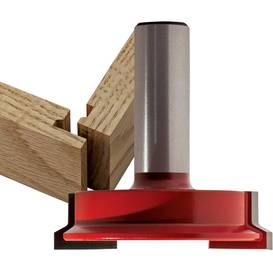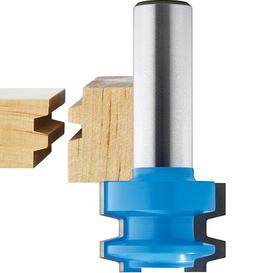
Simple Drawer Construction
|
A drawer is
a boxlike storage compartment without a lid, made to
slide horizontally in and out of a desk, chest or
other type of cabinet. Many different joinery methods
may be used to construct the drawer from simple butt
joints to more complicated locking joints
incorporating dovetails or rabbets. The
front of the box must be able to withstand the stress
of pulling on it so it is essential to take this into
consideration when deciding on the type of joint to
use.
|
Butt Joint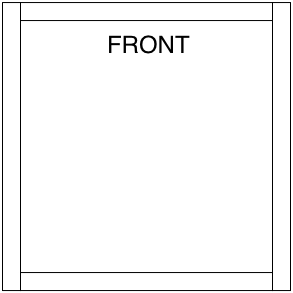 A simple butt
joint is suitable for light use, notice that the sides
extend to the front of the box adding some extra strength
to the unit. Use glue and screws to attach the joints. 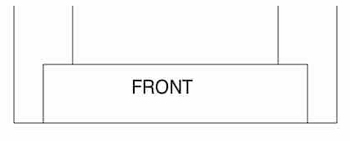 Rabbeting
the side boards is a more common practice when making a
butt joint, this may be done at both ends or only on the
front.
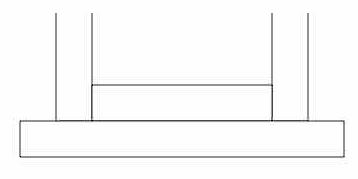 With
these methods a separate front has to be attached to cover
the ends of the sides. This may be referred to as a four sided drawer.
Locking Rabbet Joint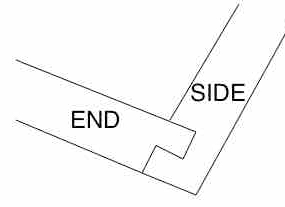 A
stronger joint that can be made with basic tools is the
locking rabbet joint, this can be done with a tablesaw
with a dado blade or a router with a straight bit. It is
basically a rabbet cut on the end board and a dado the
rabbet fits into on the side board. Set your machinery to
cut the rabbet and the dado one-half the width of the
boards.
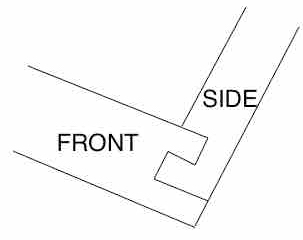
Fastening the BottomA common method is to cut a
dado into all sides of the box at least 1/4" from the
bottom edge, depending on the size of the drawer, just be
aware that the bottom has to be inserted before the joints
are fastened.
Other Methods of Construction
If
you are making several drawers, such as for a complete
kitchen it may be worth your while to invest in a
special bit to make the joints using your router in a
table.
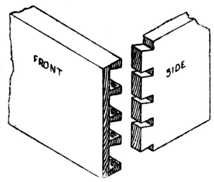
If
you really want to impress people and make a very sturdy
joint then you go to the old standby dovetail joint,
these can be cut by hand or you can make machine joints.
See
our page on hand cutting dovetails.
Before
starting on your drawer decide what kind of hardware you
will be using, this will determine what size to make
your box, this
page on the Rockler site discusses the different
types available and the clearance required.
|
